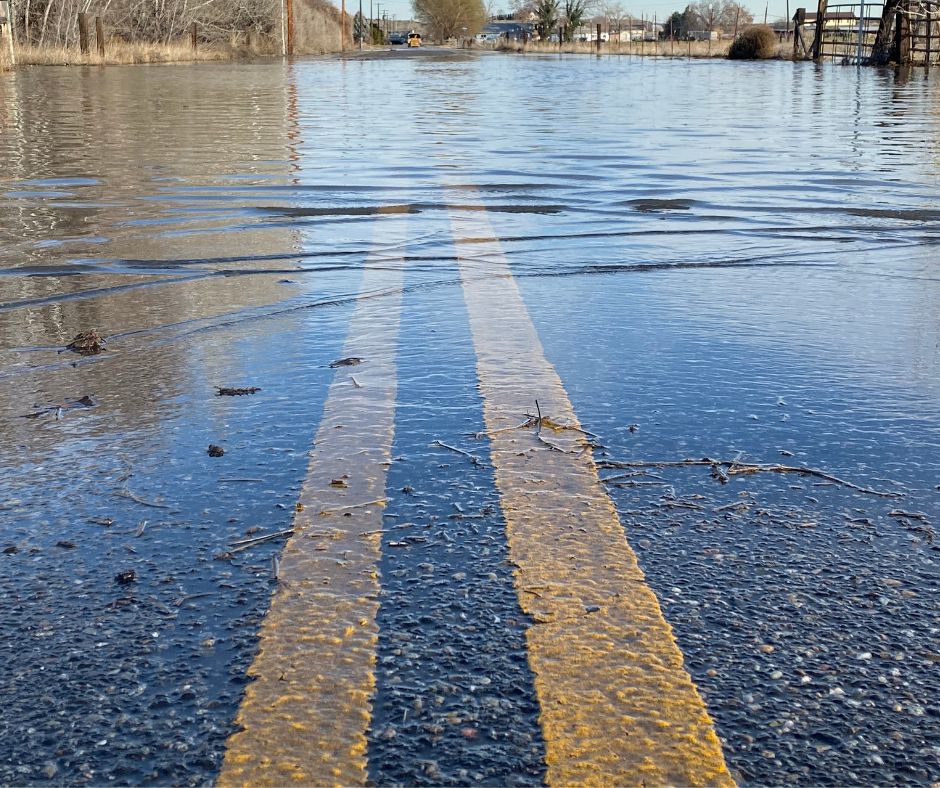Riding a motorcycle is an exhilarating experience that offers a unique sense of freedom and adventure. However, before embarking on any motorcycle journey, it is crucial to have a thorough understanding of the road conditions and weather in the United States. This awareness plays a vital role in ensuring the safety, preparedness, and overall enjoyment of the ride.
The United States has diverse geography and climates, resulting in varying road conditions and weather patterns that can impact motorcycle riding. Here’s a general overview of how different road conditions and weather in the US can affect motorcycle riding:
- Rain: Rainfall is common in many parts of the US. Riding in the rain reduces traction and can make roads slippery, increasing the risk of skidding or losing control. Reduce your speed, maintain a safe following distance, and be cautious of painted road markings and metal surfaces, as they can be extra slippery when wet.
- Snow and Ice: Winter conditions, including snow and ice, can make roads extremely hazardous for motorcycle riders. Ice significantly reduces traction, making it difficult to control the bike. It’s best to avoid riding in snowy or icy conditions and wait until the roads are cleared and safe for travel.
- Heat and Dryness: Some regions in the US experience hot and dry weather, particularly in desert areas. High temperatures can lead to discomfort, fatigue, and dehydration. Stay hydrated, dress in breathable gear, and take regular breaks to prevent heat-related issues.
- Wind: Certain areas, such as coastal regions or open plains, can experience strong winds. Crosswinds can affect the stability of your motorcycle, making it important to maintain a firm grip on the handlebars and adjust your riding position accordingly. Be cautious when passing large vehicles or riding in areas prone to gusty winds.
- Humidity: High humidity levels can affect your comfort while riding, especially in combination with hot temperatures. Ensure proper ventilation in your riding gear to prevent excessive sweating and discomfort.
- Fog: Fog can significantly reduce visibility, making it challenging to see the road ahead. Use caution, reduce your speed, and increase your following distance. Utilize your motorcycle’s headlights and fog lights (if available) to improve visibility. If the fog is too dense, consider finding a safe place to wait until visibility improves.
- Road Construction: Construction zones and road repairs are common across the US, which can lead to uneven surfaces, loose gravel, or temporary lane changes. Exercise caution, reduce your speed, and stay alert for signage or lane markings indicating changes in the road layout.
- Wildlife: Rural areas and national parks in the US are home to diverse wildlife, and encounters with animals on the road can be a hazard. Be aware of wildlife crossing signs and scan the road ahead for any signs of movement or animals near the roadway.
- Coastal Areas: Coastal regions may experience additional challenges due to saltwater spray, which can lead to corrosion of metal parts on your motorcycle. Rinse your bike thoroughly with fresh water after riding in coastal areas to minimize the impact of saltwater exposure.
- Wet and Slippery Surfaces: Riding on wet or slippery roads can reduce traction, making it easier to lose control. Wet surfaces, such as rain-soaked roads, oil spills, or wet leaves, can decrease the grip between your tires and the road. Exercise caution, reduce your speed, and avoid sudden braking or acceleration to maintain control in these conditions.
It’s important to stay informed about weather conditions and road advisories before embarking on a motorcycle ride. Adapt your riding style, adjust your speed, and prioritize safety based on the specific road conditions and weather factors you encounter in different regions of the United States.
To stay informed about weather conditions and road advisories in the United States before embarking on a motorcycle ride, you can follow these steps:
- Check weather forecasts: Regularly monitor weather forecasts for your specific location and the areas you plan to ride through. Use reputable weather sources such as the National Weather Service (NWS), AccuWeather, or The Weather Channel. Pay attention to forecasts for precipitation, temperature, wind speed, and any severe weather alerts.
- Use weather apps and websites: Install weather apps on your smartphone or tablet that provide real-time updates on weather conditions. Popular apps include Weather.com, Weather Underground, and Dark Sky. These apps often provide hour-by-hour forecasts, radar maps, and severe weather notifications.
- Check local transportation or road authority websites: Visit the websites of local transportation departments, state highway patrol agencies, or the Department of Transportation (DOT) in the states you plan to ride through. These websites often provide real-time updates on road conditions, closures, construction zones, and any advisories related to weather events.
- Listen to local radio stations: Tune in to local radio stations, particularly those that provide traffic and weather updates. Many stations provide frequent reports on road conditions, accidents, and weather-related issues that may affect your ride.
- Use mobile apps for road conditions: Some states and transportation agencies have mobile apps specifically designed to provide road condition updates. Examples include the “511” app, which provides real-time traffic and road condition information in multiple states.
- Utilize social media and online forums: Follow social media accounts or online forums dedicated to motorcycle riding, road conditions, or weather updates. These platforms often share real-time information, alerts, and user-generated reports on road conditions and weather events.
- Consider weather monitoring services: There are subscription-based services available that offer detailed weather information specifically tailored for motorcycle riders. These services often provide route planning tools, real-time weather updates, and notifications for changing weather conditions along your intended route.
Remember, weather conditions can change rapidly, so it’s crucial to stay updated with the latest information before and during your ride. Use multiple sources to verify the information and make informed decisions based on your safety and comfort while riding a motorcycle.
On the other hand, having awareness of road conditions and weather in the US before riding a motorcycle is of paramount importance. It ensures the safety of riders, allows for adequate preparedness, aids in effective route planning, enhances riding comfort, helps avoid potential hazards, and enables proper time management. By staying informed and making informed decisions, riders can embark on their journeys with confidence, enjoying the thrill of motorcycling while minimizing risks and maximizing their overall experience on the open road.
We love telling stories of inspirational riders and clubs, like Tigra CruisHer & Daddy’s Little Riders. Click here to submit your club or an inspirational rider for story consideration or tag us on Social Media.






